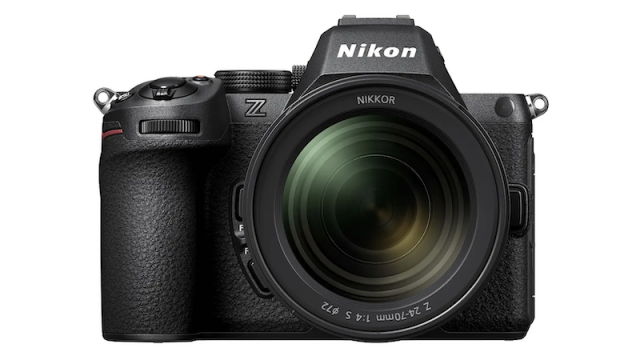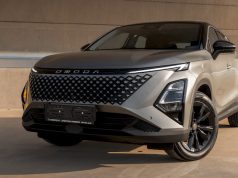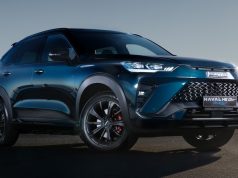The new Nikon Z5 II blurs the line between entry-level and pro-grade, packing flagship tech into a faster, smarter full-frame body. If you thought you knew what an affordable mirrorless could do, think again.
Nikon’s latest release, the Z5 II, marks a significant upgrade in the entry-level full-frame mirrorless camera segment. Building upon the foundation of the original Z5, the Z5 II incorporates advanced features from Nikon’s higher-end models, offering enhanced performance for both photographers and videographers.
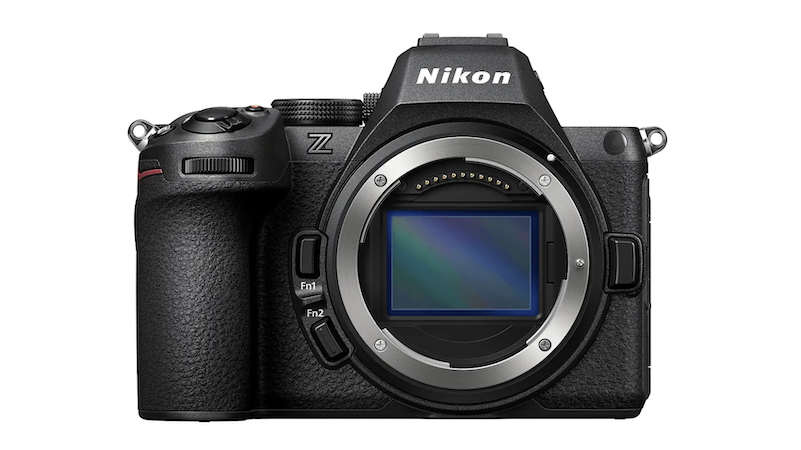
Enhanced autofocus and performance
At the heart of the Z5 II is the EXPEED 7 image-processing engine, the same processor found in Nikon’s flagship Z9 and Z8 models. This upgrade brings substantial improvements in autofocus capabilities, including 3D tracking and subject detection powered by deep learning.
Vastly improved tracking
The camera can now detect nine types of subjects, such as people, animals, and vehicles, ensuring accurate focus even in challenging scenarios, according to The Verge.
According to TechRadar, “The Z5 II’s autofocus system is a significant leap forward, offering faster and more reliable performance compared to its predecessor.” This enhancement is particularly beneficial for capturing fast-moving subjects and shooting in low-light conditions.
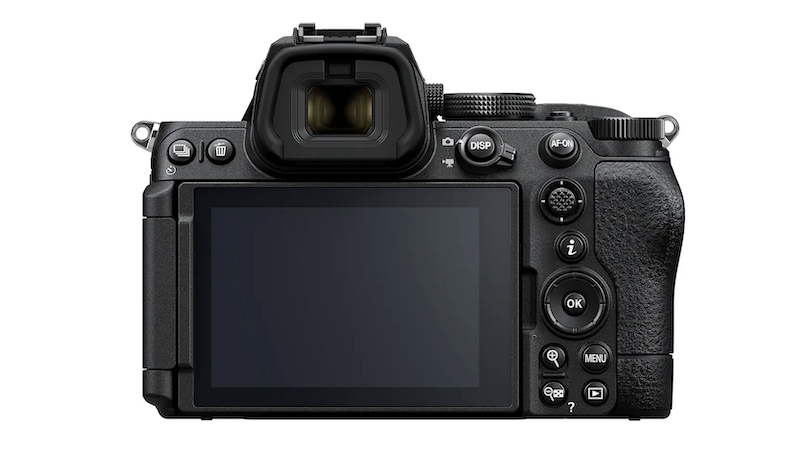
Improved video capabilities
Videographers will appreciate the Z5 II’s upgraded video features. The camera now supports full-width 4K video recording at 30 frames per second, eliminating the crop factor present in the original Z5. Additionally, it offers 4K at 60 fps with a 1,5x crop and Full HD at 120 fps for slow-motion footage.
PetaPixel notes, “The Z5 II’s video capabilities are a pleasant surprise, providing comprehensive and usable features that were lacking in the original model.”
Furthermore, the Z5 II is Nikon’s first full-frame camera to support internal recording of N-RAW video to an SD card, offering greater flexibility for content creators.
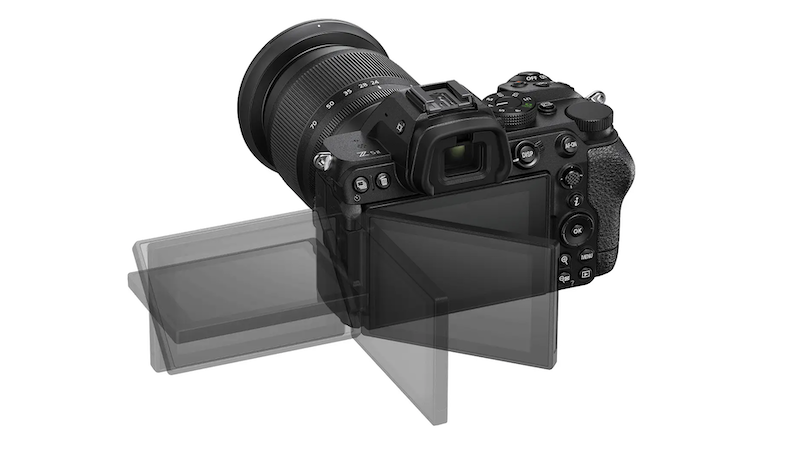
Design and usability enhancements
The Z5 II features a brighter electronic viewfinder (EVF) with a luminance of 3 000 cd/m², making it easier to compose shots in bright environments. The camera also includes a fully articulating 3,2-inch touchscreen, providing versatility for various shooting angles.
Improved ergonomics
Ken Rockwell highlights the camera’s ergonomic improvements, stating, “The Z5 II maintains superior controls, including a dedicated MODE dial on the right side, allowing for intuitive operation.”
Additionally, the Z5 II offers dual UHS-II SD card slots, ensuring ample storage and backup options for photographers on the go.
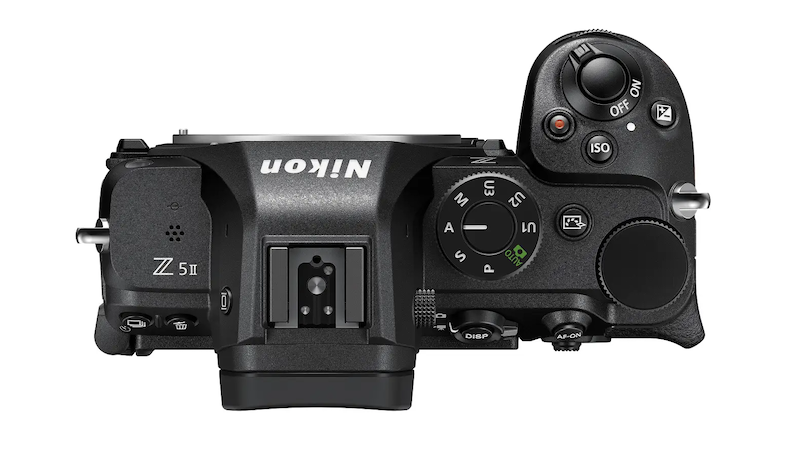
Creative tools and customisation
Nikon introduces new creative features with the Z5 II, such as the ability to download Imaging Recipes – customisable presets created by Nikon and other creators. Users can apply these presets directly via the dedicated Picture Control button, facilitating quick adjustments to achieve desired aesthetics.
Colour control
The camera also supports Flexible Colour Picture Control, allowing photographers to fine-tune colour settings using Nikon’s NX Studio software. These tools empower users to develop and apply unique colour profiles, enhancing creative expression.
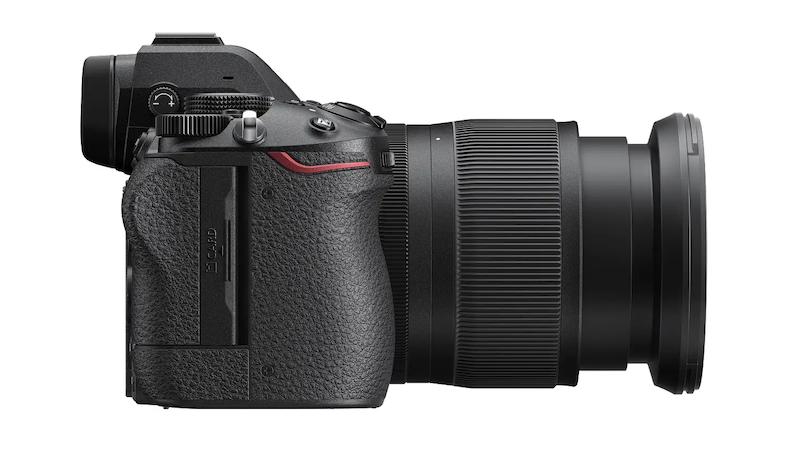
Conclusion
The Nikon Z5 II stands out as a formidable option for enthusiasts and content creators seeking full-frame performance without the premium price tag. With significant upgrades in autofocus, video capabilities, and user-friendly features, the Z5 II positions itself as a versatile and powerful tool in Nikon’s mirrorless lineup.
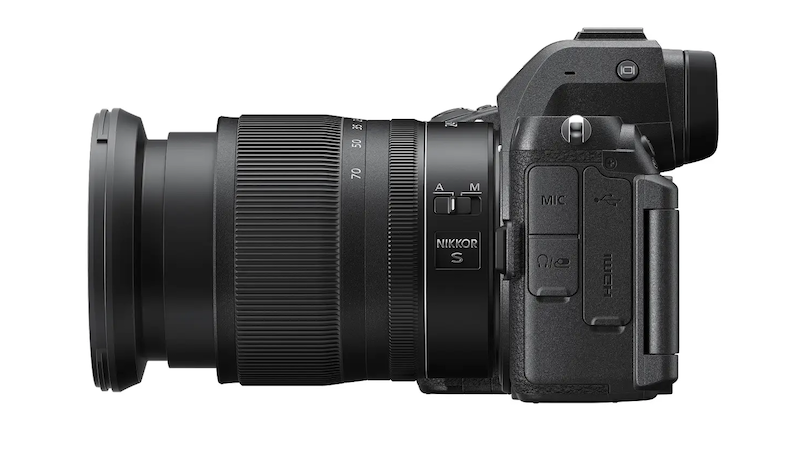
According to The Verge, the Nikon Z5 II is priced at $1 700 (in the US) for the body only. This represents a $300 increase over the original Nikon Z5. Here in South Africa, the Nikon Z5 II will cost R40 000 against the Nikon Z5’s price of R31 000 (dealer dependent).
Other sources: No Film School, Amateur Photographer, and Imaging Resource


